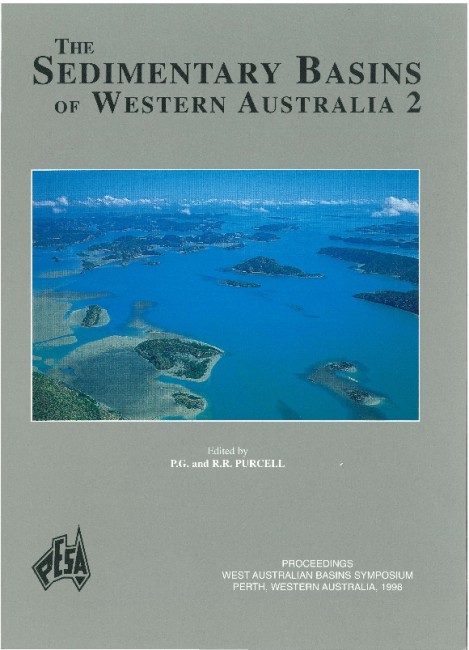Publication Name: The Sedimentary Basins of WA
Authors: Simon C. George, Mark Lisk, Peter J. Eadington and Robinson A. Quezada
Publication Volume: 2
Date Published: December 1998
Number of Pages: 27
Reference Type: Book Section
Abstract:
Octavius 2 is a plugged and abandoned exploration well in the Vulcan Sub-basin that penetrated waterwetsandstones of the Plover Formation. However, the abundance of oil-bearing fluid inclusions determined using the GOI? technique suggests that the structure once contained an oil column. Geochemical analyses of the oil trapped in these inclusions allowed the source and maturity characteristics of this palaeo-oil column to be determined, thereby providing greater control on the charge history of the trap.
Octavius inclusion oil is pristine and rich in aliphatic hydrocarbons. A full range of Cs to C31 hydrocarbons, including n-alkanes, isoprenoids, alkylcyclohexanes, hopanes and aromatic hydrocarbons were detected by off-line selective solvation and on-line crushing techniques. The low molecular weight hydrocarbon distributions also contain highly water soluble compounds, which are likely to be mostly derived from co-occurring aqueous inclusions. Approximate calibrations of alkyl- naphthalene ratios suggest that the Octavius inclusion oil has a maturity in the range 1.0 to 1.3% Vre, compared with 0.85 to 0.9% Vre at Jabiru, and this is corroborated by the
methylphenanthrene ratio and by the alkylbiphenyl maturity ratios. Biomarkers are in very low abundance owing to thermal cracking, and any biologically-influenced aromatic hydrocarbon distributions have been lost. Source parameters for Octavius inclusion oil are similar to those obtained for Skua and Jabiru inclusion oils and for Jurassic-sourced crude oils from the Vulcan Sub-basin, indicating a common source. Consequently the higher
maturity of the Octavius inclusion oil suggests either that the reservoir was charged late, or that the reservoir accessed higher maturity source intervals.


